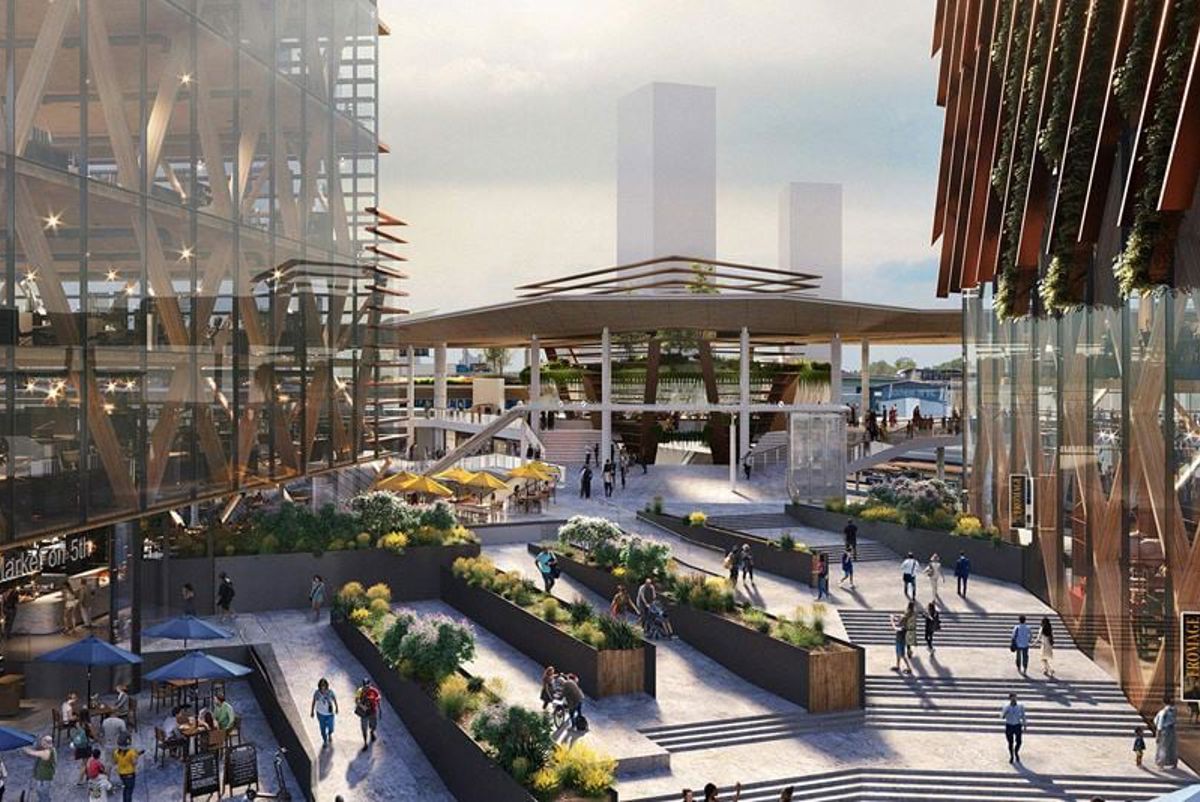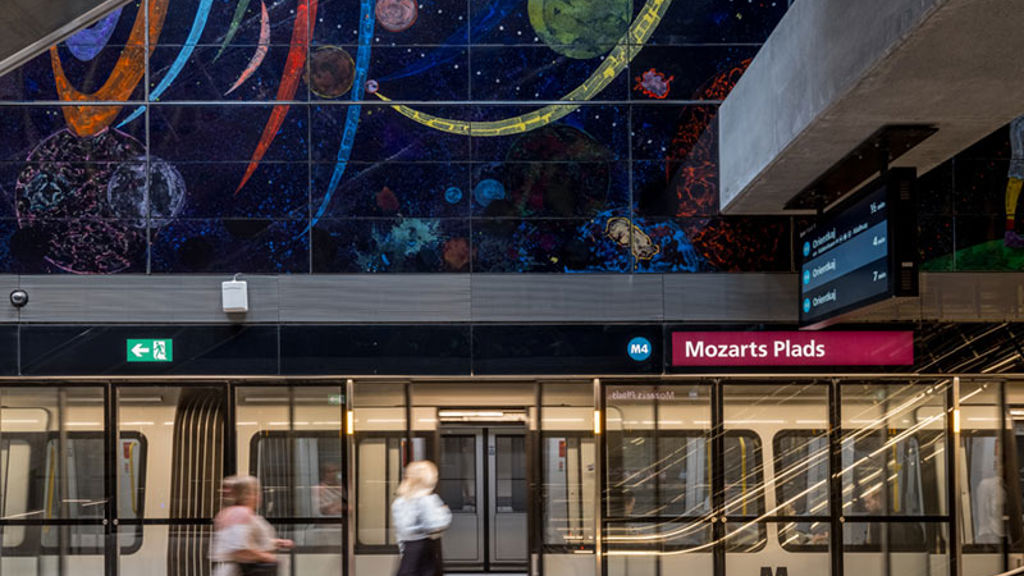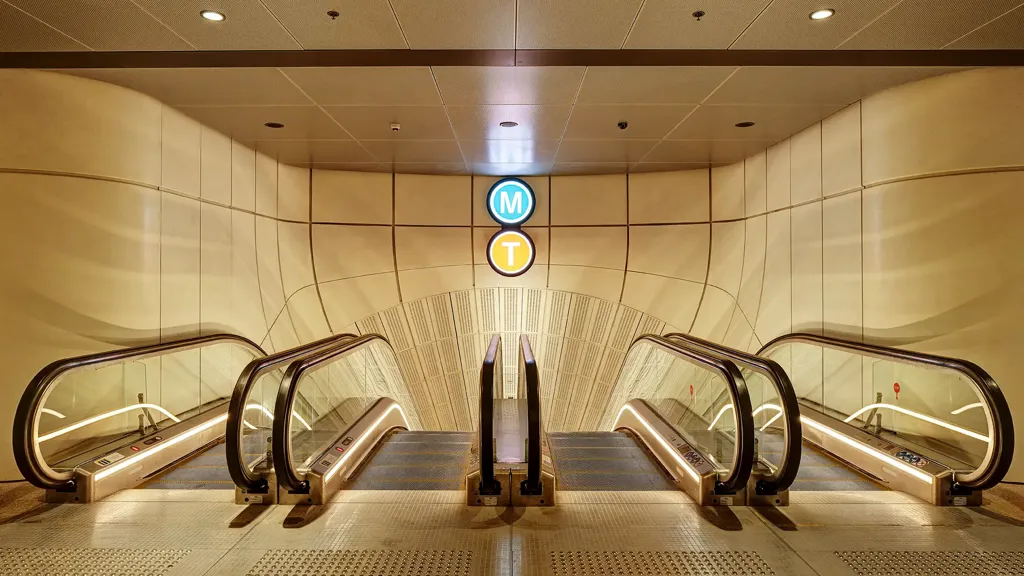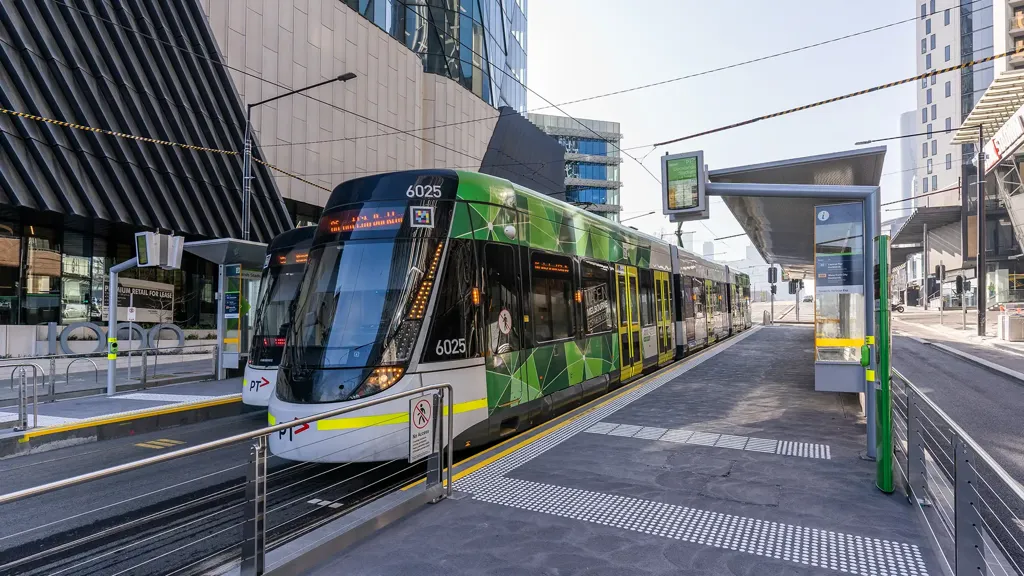Pioneering a people-first mobility hub for California’s sustainable transportation future
Sacramento Valley Station Area Plan

Sacramento Valley Station, a historic train station in Sacramento, California, is being transformed into a sustainable and community-focused mobility centre. Set to become the main hub for transportation in northern California, Sacramento Valley Station is designed as a gateway to the city and a convergence point for all modes of transportation. Plans for the surrounding development feature pedestrian plazas, affordable housing, and a regenerative garden, with an overall focus on community and sustainability.
Working with the City of Sacramento, design firm Perkins&Will and Grimshaw Architects, Arup helped develop the masterplan of what will be one of the most sustainable public areas in California. We brought a wide range of expertise to the project, including civil engineering, transportation planning, sustainability consulting, structural, mechanical and electrical engineering, plumbing, geotechnics, and cost engineering services. In April 2021, the innovative masterplan for the Sacramento Valley Station was certified by the International Living Future Institute (ILFI) and is the first ever municipality-led project to receive a Living Community Challenge (LCC) Vision Plan certification.
Creating an efficient transportation hub
Sacramento Valley Station is currently northern California’s primary train station and the seventh busiest Amtrak station in the country. While the station hosts many transit providers, it is inefficient in its current operation. The masterplan for the new development at Sacramento Valley Station aims to create an effective mobility hub for the capital of California built around and focusing on the historic train station.
Upon completion, the revived station will bring together regional and local buses, Amtrak, regional light rail, and extensive direct connections to the city and regional bicycle network. The project plans include an expanded transit centre that will include a relocated light rail station, bus centre, and future elevated concourse to expand connecting services and ease transitions between each mode of transportation.
The Sacramento Valley Station area will be transformed with plazas, retail, dining, office spaces, affordable housing, a hotel, and park area. As a community-focused project, Sacramento Valley Station is designed to prioritise the movement of pedestrians and cyclists. The site plan emphasises walkability and public transportation over single-occupancy vehicles. Arup contributed transportation planning and master planning to align with these goals, including implementing bike lanes and prioritising pedestrian movement throughout the development.
Arup also prepared the 30% design of the Bus Mobility Center (BMC), which is being used to procure grant funding to design and build this first construction phase. Working closely with the City and Grimshaw Architects, we leveraged our broad range of services to integrate holistic thinking and multidisciplinary engineering expertise. Our civil, geotechnical, and structural engineering services will deliver the building foundations that will ultimately support the long-span concourse structure over the existing rail tracks.

Net-positive for planet and community
The Sacramento Valley Station area plan was certified as an LCC Vision Plan by ILFI in 2021. The LCC is an ambitious framework and approach to holistic urban development which focuses on net-positive performance and symbiosis between people and the built environment. Key metrics for planning a community include place, water, energy, health and happiness, materials, equity, and beauty. We consulted on vital aspects of the site design and contributed sustainability expertise to help Sacramento become the first municipality in the world to achieve the Vision Plan distinction.
Green infrastructure and biophilic design
Even as a compact, high-traffic public area, Sacramento Valley Station is designed to accomplish both net-positive energy and net-positive water. Our expertise in sustainability consulting and utility master planning contributed to the design of the resilient and regenerative urban development.
To achieve a net-positive water cycle, wastewater across the Sacramento Valley Station area will be recycled and delivered back to the buildings to meet all non-potable water demands. Stormwater will be treated and infiltrated using rain gardens located next to buildings and public streets, and a regenerative garden will aid in the water recycling program. By incorporating nature from the surrounding area into the station, the biophilic design will increase community connection to the natural environment. To optimise energy efficiency, a vacuum sewer system has been presented as an option for the development. This would keep pipes shallow, eliminate inflow and infiltration, and deliver wastewater to the treatment plant without reliance on a lift station.

Sacramento Valley Station is designed to operate on 100% renewable energy through both on-site power generation and off-site sources. A key feature of the infrastructure design for Sacramento Valley Station is the Regenerative Utility Center, which will house a district energy system and distribute both thermal energy and recycled water to the development. Thermal energy for public and private buildings can be harnessed through ground source heat exchange, reducing the overall footprint of heating and cooling systems in the buildings. Arup supported the goal of net-positive energy by conducting microclimate analyses and photovoltaic studies to advise and design an energy efficient system. We also determined the optimal orientation of the buildings to maximise daylight while also optimising shade, minimising the overall cooling and lighting demands for the buildings. For the main transit centre, battery storage will allow the space to serve as a resilient hub in the event of an emergency.
City of Sacramento / Grimshaw Architects / Nelson/Nygaard / EPS / Aim Consulting
What we delivered
-
Designing a sustainable rail hub for northern California
-
Focusing on the reuse and recycling of water, heat, and energy for a net-positive development
-
Coordinating multiple modes of transport to encourage community and sustainability
Get in touch with our team
Projects
Explore more station and depot projects

Realising a low-emission, efficient public transit vision for the Danish capital
Copenhagen Metro, Denmark

A new integrated transport hub for Northern Ireland
Belfast Grand Central Station, United Kingdom

Designing Sydney’s first integrated station development
Sydney Metro Martin Place integrated station development, Australia

Improving accessibility and user experience for tram stops in Melbourne
La Trobe Street Tram Stop Upgrades, Australia
Get in touch with us
If you'd like to speak to one of our rail experts about any of the issues raised on this page or a potential collaboration then please get in touch by completing the form.

